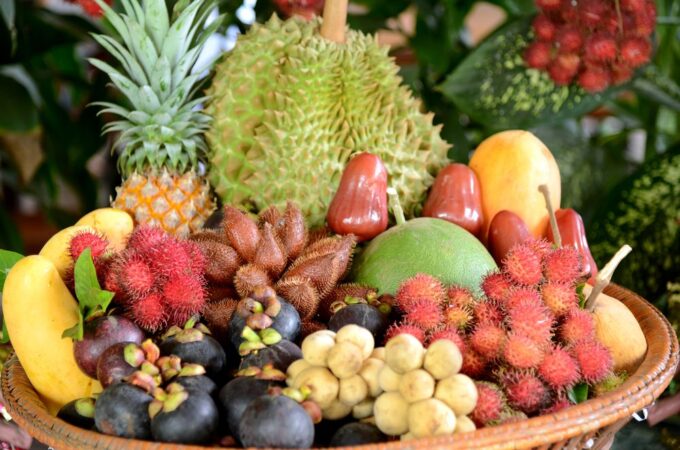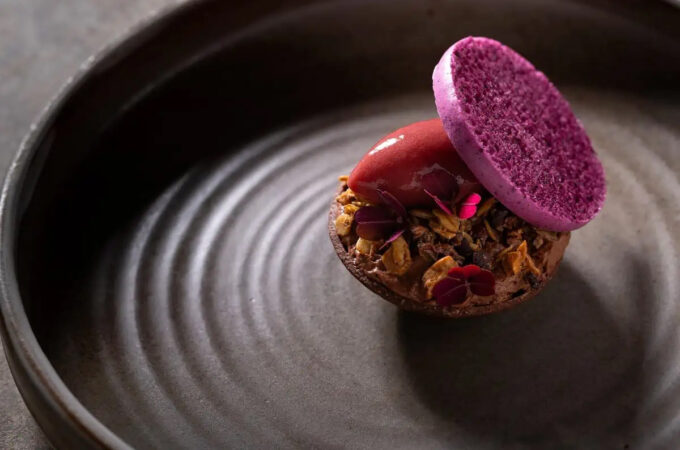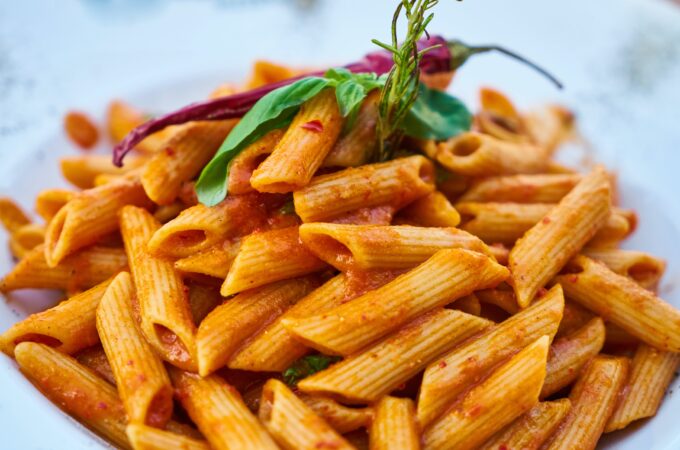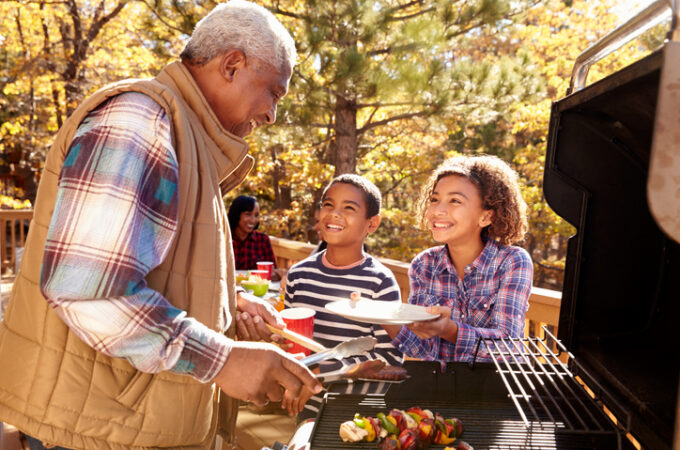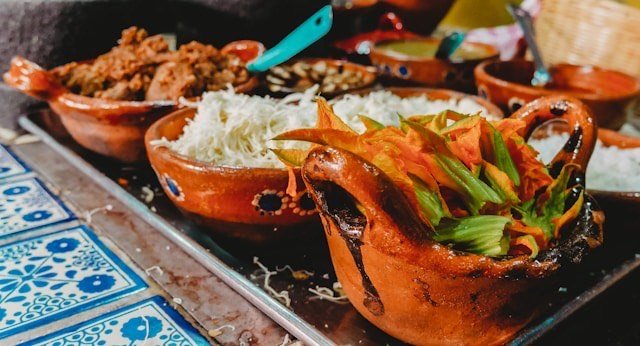
From Street Food to Haute Cuisine: The Gastronomic Renaissance of Mexico City
Mexico City is one of the most populated in the world and its historic center is considered one of the largest in all of Latin America. The city offers different attractions depending on the preferences and ages of those who visit it and it does not matter if you plan a trip of a few or many days, you will always find something to do thanks to its great diversity.
Mexico has monuments and historical sites that are a true emblem of the city such as museums, squares, parks, ruins, markets and endless attractions. One of them is gastronomy and, if you are visiting the city for the first time, there is nothing better than a food tour Mexico DF so that you can learn about the history of the city, the traditions and the culture.
Gastronomy in Mexico City
Mexico City is a place with many inhabitants, some native and others who come from the interior of the country and other parts of the world. For this reason, the city’s culinary proposal has a lot of secrets regarding its origins, preparation and recipes.
Thanks to cultural fusion, Mexican gastronomy is recognized throughout the world and its key points are flavors, colors and aromas.
One of the characteristics of this gastronomy is the regional variety. Each of the states of the country has its gastronomic identity that is based on local ingredients and certain traditions born many years ago. Each dish represents a highly identified geographical area of the country.
If you choose a complete food tour Mexico City, you will discover that corn is the basis of the country’s gastronomy. This crop was cultivated and consumed for thousands of years and the preparation made with it is used to make tortillas, tamales, quesadillas and this food is also used to cook the traditional Mexican soup.
Another characteristic of the country’s gastronomy is spicy. Chili peppers are responsible for the intensity of the flavors of foods. You can try dishes where jalapeño or habanero are present, but the important thing is that each region has its variety of chili peppers and each one of them is specially chosen depending on the recipe chosen.
Avocado is also one of the central products in Mexican gastronomy. You can eat it alone, in guacamole or accompanying different foods or as the main ingredient in a recipe.
Food is not about something nutritional; in Mexico it is elemental because it is related to identity and culture. Family gatherings where there is food become important events because people exchange recipes that are passed down from generation to generation. In addition, special dates are linked to special recipes where history and traditions are captured.
Recognition of mexican gastronomy
The country’s gastronomy was recognized as Intangible Heritage of Humanity by UNESCO because its cultural importance is highlighted and because the gastronomy of this country helps the culinary diversity of the world.
This recognition demonstrates the richness of the country’s gastronomy and encourages the preservation of ancient practices and the biodiversity of the products used in each of its dishes.
From the aromas of the markets to those innovative flavors that you can try in the best restaurants, Mexican gastronomy is an experience that goes further than just eating. It is a journey through the history of the country, each of its corners and Mexican culture in all its splendor, which manages to conquer each of the people who choose to visit any part of the country.

Some traditional mexican foods options
You can delight yourself with the typical Mexican options in the street stalls or in the best restaurants. The truth is that, in any of them, the explosion of flavors will be present so that you can live an unparalleled culinary experience.
There are many chefs who have taken traditional proposals to another level in their restaurants, adapting new methods or incorporating ingredients, but without making traditional dishes lose their essence.
Some of the traditional dishes that you should try when you visit Mexico City are the following.
- Chilaquiles: this can become your favorite breakfast. This dish consists of pieces of cold tortilla that are covered with spicy sauce and accompanied with cream, cheese and onion. You can order them with egg, chicken, chorizo or with the ingredients you prefer;
- Tamales: this dish is made with corn dough wrapped in banana or corn leaves and is filled with meat, vegetables and chilies, among other ingredients. It is common for you to find them in the morning.
The options are varied but the most popular are those made with chicken, cheese and pork;
- Pozole: in Mexico City you can try pozole at lunchtime. This is a red, white or green broth that has corn and chicken or pork is added. There are vegetarian options that are accompanied with lettuce, onion, lemon and avocado, among other ingredients.
The composition of this dish depends on the region of the country you are in.
Usually, this dish is accompanied with toasted bread with cream;
- Quesadillas: this is one of the most popular foods in Mexico City. These are corn or wheat tortillas that are filled with cheese and other ingredients such as chorizo or ham, among others, depending on what you prefer;
- Gorditas: This is another typical food option in Mexico City and these are fried corn doughs that have a round shape that are filled with pressed pork rinds or cottage cheese. You can accompany it with lettuce, cream, cheese and sauce;
- Tacos: tacos are the emblematic food of the entire country but something that distinguishes them in Mexico City is that there are street vendors who carry them in a basket ready to eat.
This food is made with corn or flour tortillas and filled with a wide variety of ingredients that can be from meat to fish or just vegetables.
They are accompanied with spicy sauces and have become a classic in different cities around the world thanks to the influence and success they have had.
The way they are served depends on the region of the country.
Mexican gastronomy is an elemental point that represents cultural identity and social cohesion. This is a living manifestation of culture and ancient traditions and, currently, although typical dishes are always the order of the day, modern chefs are valued for the originality of the techniques and procedures they use when preparing cook.
